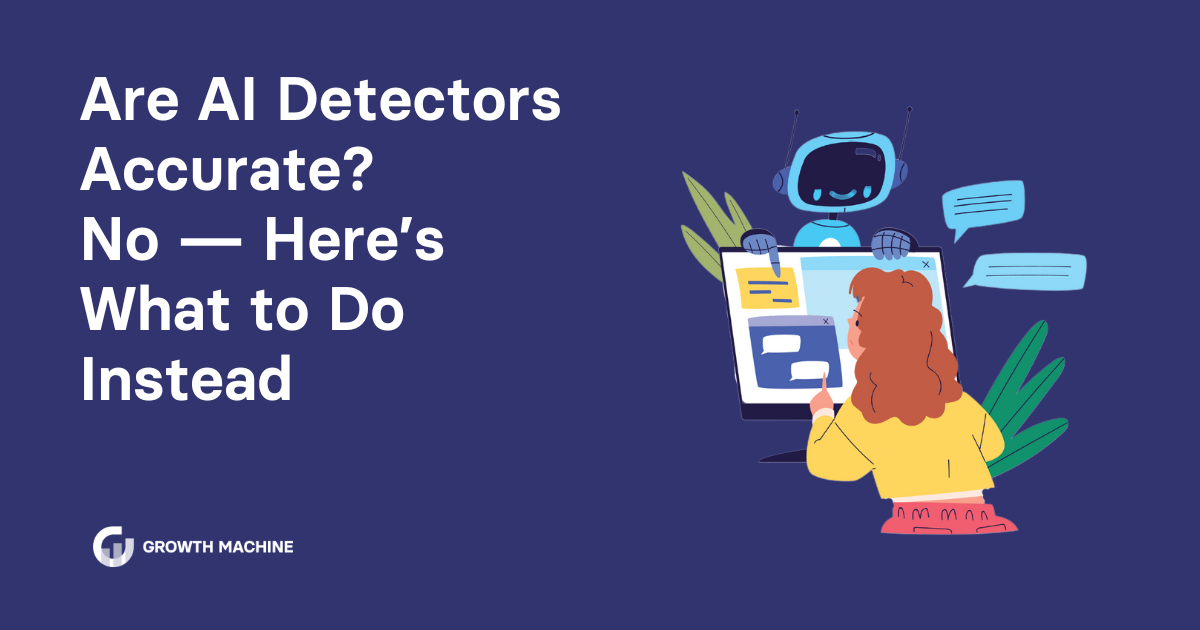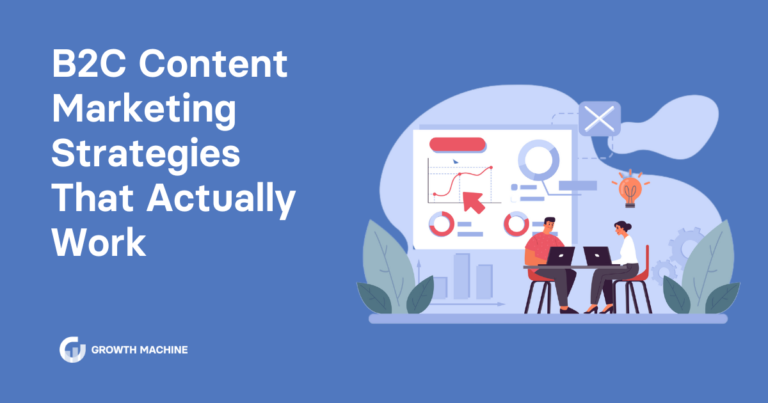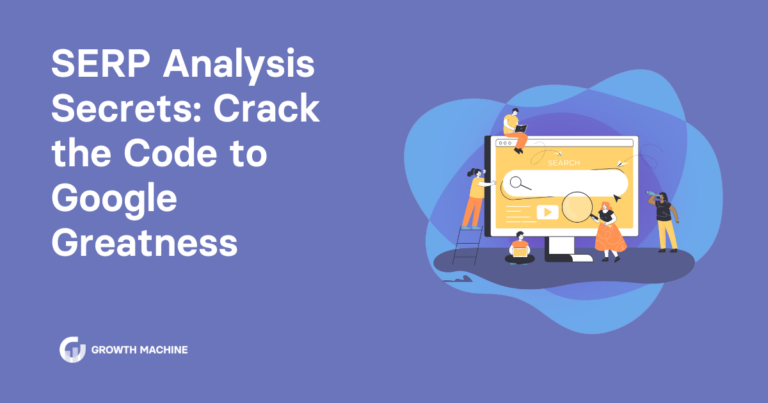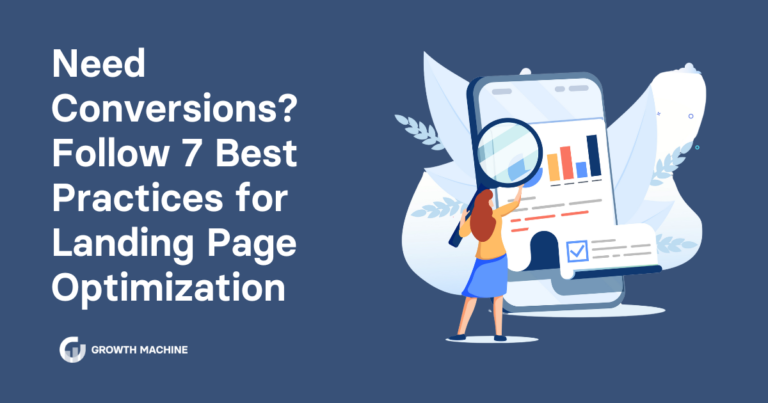Are AI Detectors Accurate? No — Here’s What to Do Instead
Look, content produced by artificial intelligence (AI) is everywhere. Even big news media companies are getting into trouble for churning out low-quality — and sometimes downright weird — content spun by OpenAI’s ChatGPT or Perplexity.
We aren’t against AI tools in certain situations, like when used for keyword research, but they just can’t write quality content for humans — and search engines. It’s best to leave the artistry of writing to people.
Still, our clients often ask us about AI checkers. Can we use checkers on our content we produce for them to verify that our writers don’t use AI? Are AI detectors accurate? Tools like ZeroGPT, Copyleaks, and Grammarly claim to identify AI-written content by spotting common patterns associated with AI. All you need to do is to create an account, and these tools claim you’ll be able to stop AI content in its tracks.
But after running a series of experiments, our expert team has determined that AI detectors just aren’t accurate. These detectors consistently flag human-generated copy as AI — this is especially true for search engine optimization (SEO) content, which tends to follow certain established formats, like listicles or “what is X” articles.
AI content is definitely a problem, but ultimately, AI detectors aren’t the best way to address the issue. Find out how AI detectors work, why they aren’t very accurate, and what your business can do instead to ensure content quality.
Are AI Detectors Accurate, and How Do They Work?
If you’ve ever asked yourself, “Are AI detectors accurate?”, you aren’t alone. Many business owners wonder the same thing. The short answer is no, they aren’t accurate enough to be useful for website owners.
The best piece of proof we have for this is that OpenAI themselves say that AI detectors just aren’t accurate.
But we can also prove it.
AI detection tools and plagiarism checkers like Turnitin, Originality.ai, and GPTZero use special algorithms to determine whether the content was written with generative AI. They use training data from AI models, like GPT-4 or GPT-3.5, to detect AI patterns in text.
These tools are tempting for plagiarism detection and verifying that you’re actually getting human-generated copy. After all, you don’t want to pay for a chatbot to spit out subpar content no one will read. AI detection software promises to spot content generated by large language models (LLMs) so you can determine whether the content is genuine.
That sounds nice in theory, but in reality, these AI detectors turn up so many false positives that flag human-written content as AI. Here’s an example:
| Text A | Text B |
| Originally celebrated as George Washington’s birthday, Presidents Day is a federal holiday that honors past presidents of the United States. It’s usually celebrated on the third Monday of February. However, celebrations differ by state, with some celebrating just Washington’s birthday, others celebrating Washington and Abraham Lincoln, and others honoring all past presidents on this day. | Presidents Day, celebrated on the third Monday of February, is a federal holiday in the United States that honors the achievements and legacy of U.S. presidents, particularly George Washington and Abraham Lincoln. Originally established in 1885 to recognize Washington’s birthday, the holiday later evolved to celebrate all presidents, past and present. |
One of these is human-generated and the other is AI copy from ChatGPT.
According to ZeroGPT, Text A is likely AI-generated:

ZeroGPT then says Text B is less likely to be AI-generated:

As you can see, this so-called AI detector isn’t very helpful — because Text A was written by a human and Text B came from ChatGPT.
That’s pretty scary, especially when you consider that schools use AI detectors to determine the academic integrity of students’ work.
And the false positive rate is higher than you might think. Whether it’s in higher education or in an industry where content writing is essential, AI detectors are doing more harm than good.
To complicate matters, many brands don’t understand that AI detectors are overly sensitive (and sometimes just wrong), leading them to think all of the copy they paid for came from ChatGPT.
Yet, that doesn’t mean you have to accept content that you suspect might be AI-generated. In the next section, we’ll share practical tips for ensuring content quality without relying on AI detectors.
5 Tips for Better Content in the AI Age
So, are AI detectors accurate? Not really. Instead of running all of your blog posts through AI content detectors, focus less on AI scores and more on the value and quality of the content. AI-written material lacks the punch of human-generated content. Ultimately, focusing on the value of the copy will help you bypass the concerns of AI-generated content in the first place. Follow these tips to ensure content quality at every stage of content creation.
1. Write Content in Google Docs
All of our writers at Growth Machine work in Google Docs. If we ever have a question about the validity of their copy, we pull up the Google Doc revision history to review the writing process. If the copy just magically appears with copy-pasting (and also sounds nothing like the writer’s usual work), we can tell something’s up.
This approach is great if you want to make sure you aren’t getting ripped off by writers using AI content. It’s also neat to look back and see the writer’s process!
2. Selectively Embrace AI
We aren’t anti-robot. AI technology can do some pretty cool stuff! For example, you can give ChatGPT a list of keywords and it can help generate blog topic ideas and outlines. From there, you can give an outline to a human writer so they can write a unique piece on that topic.
AI may be bad at writing content, but it isn’t going away. Create AI usage guidelines for your business, writers, and vendors that spell out when it is and isn’t appropriate to lean on AI as a writing tool.
3. Consider Search Intent and Value
When you understand what your audience is looking for, you’ll create better content that keeps them coming back for more. AI chatbots don’t always nail search intent, at least without a lot of cueing. They certainly don’t know the nuances of your business, products, and customer feedback.
Instead of asking whether AI wrote a blog post, consider whether that blog post offers value and gives readers what they’re coming to your website for. For example, telling ChatGPT to write a blog about your latest software release will probably generate a really generic “blah” piece. Asking a human to write with the same prompt increases your chances of matching your users’ search intent, since a human writer is much better at understanding what your readers are looking for.
4. Improve Readability
AI-generated content is infamous for spitting out long, stream of consciousness-style paragraphs. People don’t want to read that!
Make sure your copy is readable by:
- Checking the grade level — the lower the level, the easier that people will understand your message Why
- Running all content through Grammarly to check for grammar errors, typos, and more; it’s also a great tool for refining your writing, although beware of its AI content detection — it’s infamous for false positives
- Adding bullets, headers, and callout text boxes to break up the text
- Designing custom images or videos to go with the content
5. Say Something Original
Some businesses will use AI tools for rewriting or paraphrasing existing copy, but that’s a recipe for low reader engagement. Few people will stick around to read a bland blog regurgitating the same thing everyone else is saying.
You should have something new to say. Otherwise, what’s the point of publishing something?
Another upside to being original is that AI can never replace your insights, personal stories, or opinions. The more unique your spin, the more likely readers are to flock to your brand for information.
When in doubt, focus on generating interesting topics based on insights from subject matter experts in your business. These folks have years of expertise that even the biggest advancements in AI just can’t touch.
Human-Written Text, Tailored to Your Audience
Instead of obsessing over whether content came from ChatGPT or not, focus on quality first. AI generators regurgitate answers from the internet, so they rarely create high-quality content anyway. Focus on creating the best possible content out there, and you won’t need to worry about AI-generated content.
Some businesses turn to text generation in a pinch. If you’re busy but don’t want to churn out low-quality AI content, save time and your sanity with Growth Machine. Our team of pro SEO strategists, marketers, and writers ensures AI-free quality at every stage.
Contact us to stop stressing about AI-generated text and focus on what matters: results.







